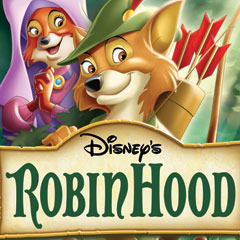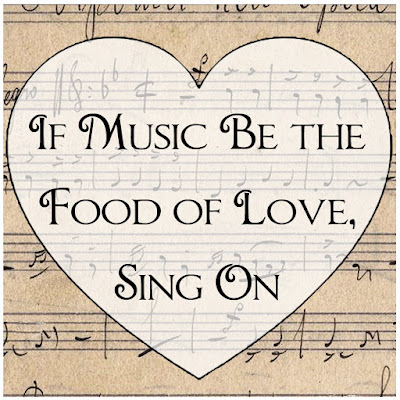
I saw this great tutorial on tinting mason jars using food coloring and mod podge, and decided to give it a try. Instead of a mason jar, I used an clean, empty olive jar.
I started by making sure my jar was completely clean and dry. Using a ramekin, I mixed one drop of blue food coloring with approximately 1 tablespoon of mod podge and a tiny amount of water. (You don't need the paint brush to mix - you can use whatever you want.)
Once mixed, I dumped the ramekin contents into the empty jar and rotated the jar so the inside was completely coated with colored mod podge.


I placed the wet jar upside down on wax paper to let it drip dry for approximately 30 minutes. You may need more or less time for this step depending on how thick your mod podge coating is.


Next, I placed the upside down mason jar on a fresh sheet of wax paper in the oven, which was preheated to "warm."
I left the jar in the oven until all the mod podge was dry and the jar was clear. This took approximately an hour, but will vary depending on the thickness of your mod podge. Once it was clear, I flipped the jar over to be right side up and let it stay in the oven for another ten minutes.
Here's my blue-tinted jar!
Now for the fun part...
I wanted my jar to have an image on it, so I used the mod podge transfer technique.
I used this image from the Graphics Fairy. I opened the image in Photoshop and reversed it so that it would be right once transferred (fork on the left, spoon on the right). I printed my image on my ink jet printer, and had it copied on a LASER machine. Unfortunately, ink jet images don't transfer correctly. You need to use a laser printer or copier if you want to do this mod podge transfer method.
Next, I cut my image out very close to the edge so there would be little "white space."
Next, I cut my image out very close to the edge so there would be little "white space."
I coated the image and the side of the jar with mod podge, and stuck the image to the jar. I let it dry for several hours (you may want to let it dry overnight, but I wasn't that patient :))
Once dry, I used a paper towel to wet the image, and I began carefully rubbing the paper off. You have to be extremely patient and gentle so that you don't rub your image off as well! (This happened to a couple of my fork prongs, which had to be reattached.)
I don't know if you have ever made a wine glass sing by gently rubbing your wet finger over the rim of the glass, but this is basically the same idea in terms of pressure applied - except there is no singing involved ;)
Once all the paper was removed, I let the image dry. When it is dry, you may find that there are pieces of paper that still need to be removed. Just re-wet and rub some more.
When I was satisfied with the results, I cleaned up the outer parts of the glass and gently scraped the excess mod podge off the glass between the utensils.
Then I added some twine. Here's the final product! I may use this as a vase, but I'm not sure yet. I am wary about putting water into a mod podge-coated container as it might dissolve the mod podge over time. If that happens, I'll let you know!
Linking up at
Crafty, Scrappy, Happy
Fireflies and Jellybeans
Alderberry Hill
French Country Cottage
Rustic Crafts & Chic Decor
The Graphics Fairy
Linking up at
Crafty, Scrappy, Happy
Fireflies and Jellybeans
Alderberry Hill
French Country Cottage
Rustic Crafts & Chic Decor
The Graphics Fairy







































